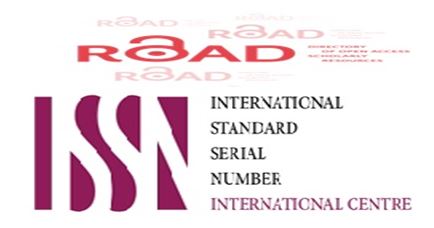Ultrasound Evaluation of Suspected Appendicitis
DOI:
https://doi.org/10.32007/jfacmedbagdad.4911424الكلمات المفتاحية:
Ultrasound Evaluationالملخص
Background To evaluate the sensitivity, specificity, accuracy, positive predictive value (PPV), and negative predictive value (NPV) of ultrasonographic and doppler US findings in the
diagnosis of acute appendicitis.
Method : A total of 115 cases of clinically suspected appendicitis were prospectively examined by grey scale US and doppler US. Five patients were excluded from the study because of
difficulty to perform the graded compression technique. In the other 115 patients who were included in the study population , US appendiceal and periappendiceal signs, as well as doppler US findings were evaluated. Definitive diagnosis was established at surgery and histopathological examination in 62 patients (59 patients with appendicitis & 3 patients with alternative final diagnosis), and at clinical follow up in 48 patients.
Results : The prevalence of appendicitis in this study was 54%. The appendix was identified in 80 (73 %) of the 110 patients , which included 55 (93 %) of 59 patients with appendicitis & 25
949 %) of 51 patients without appendicitis. The most accurate appendiceal finding for appendicitis was a diameter of ≥ 6 mm & non compressibility, which both had an accuracy of 96
%. The lack of visualization of the appendix had a NPV of 87 % , while the visualization of a normal appendix with a diameter of < 6 mm had a NPV of 96 %. Inflammatory periappendiceal
fat changes had a sensitivity of 92 % , PPV of 83 %, & a NPV of 89 %. Hyperaemia in the appendiceal wall, although had a low sensitivity (53%), it had both high specificity (92 %) & high
PPV (94 %). The other findings had both low PPV & NPV.
Conclusion : A non compressible appendix with a threshold outer diameter of 6 mm under compression is the most accurate US finding for appendicitis; with high sensitivity, specificity,
PPV, & NPV.




















 Creative Commons Attribution 4.0 International license..
Creative Commons Attribution 4.0 International license..


